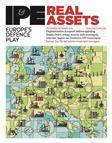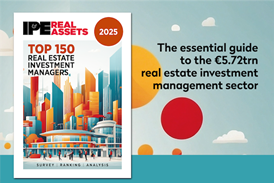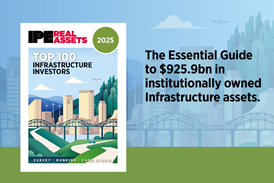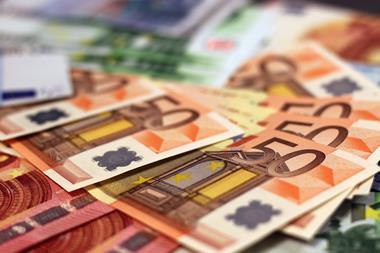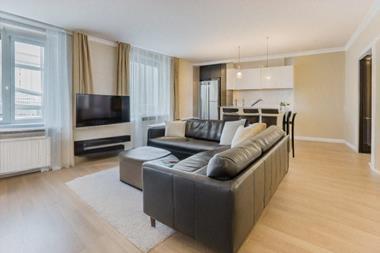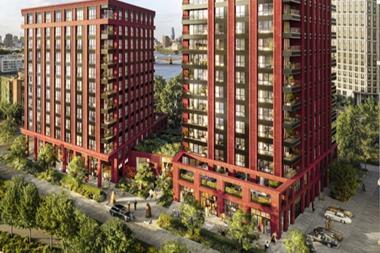PFA, Denmark’s largest pension fund, is in the process of reducing its asset allocation to real estate by whittling down its exposure to foreign property assets and shifting its focus to directly-held property in its domestic market with an emphasis on housing.
Head of real estate Peter Morgan told IPE Real Assets: “Going forward, the Danish portfolio will have a larger part of our overall portfolio composition, so we will be looking at not re-investing as much internationally as we have done historically.”
The DKK720bn (€96bn) Copenhagen-based pension fund currently has around 10% of its assets in real estate – around DKK60bn in equity terms or about DKK90bn in real estate value, including debt. PFA’s international and Danish property portfolios each account for some 50% of that.
“We know Denmark well, we have an extremely good set up in Denmark,” Morgan said. “We are also looking at adjusting our overall real estate exposure a bit, with international being the main reduction, where the fee structure is higher – also bearing in mind that being in Copenhagen we are much more knowledgeable in our home market.”
said Morgan, director of PFA’s property subsidiary PFA Real Estate (PFA Ejendomme).
At the end of last week, PFA sold a large portfolio of Danish office properties to Danish listed real estate firm Jeudan for DKK820m, but Morgan said that transaction was part of a rebalancing within its domestic portfolio – and not an indicator that it is dialling down its domestic office exposure.
“In Denmark we have a very large office portfolio – about DKK25bn – and a smaller residential portfolio,” he said. “We’re constructing new offices. We’ve done some adjustments to our geographical focus of our office portfolio within Denmark and the idea is keep in our office exposure the same, with some new construction, some redevelopment.”
PFA has chosen to focus its domestic office portfolio on Denmark’s three largest cities of Copenhagen, Aarhus and Odense, and sold some assets two or three years ago.
“The strategy now is to keep our office portfolio pretty much on par, not increase it. It’s not that we want to reduce our office portfolio, but we do have then to do some exits to actually keep it at the same level,” Morgan said.
“Going forward, it is definitely residential that we will be increasing – but not in the short term, so we still have some rebalancing to do, and that’s mainly internationally.”
PFA is aiming to move from a 50/50 split between its domestic and international real estate to a portfolio holding two thirds Danish property and one third foreign property. “We’re doing this on a relatively short timescale – before the end of 2027,” Morgan said.
There are two reasons for the strategy change, he added: “First of all, we had a very resilient Danish portfolio through the inflation and interest-rate spike, which did very well on not having a large reaction to the market, and had some stability.
“We were of a size where we wanted the geographical diversification, but then we’re seeing that we have a bit more knowledge and hands-on approach in Denmark – and anyway, we do have a wide geographical diversification in other parts of PFA, with real estate only about 10% of our total exposure.”
As the pension fund moves to reduce its international real estate exposure, attention will also be paid to the type of investment vehicle making up the foreign portfolio.
“We’re going to focus a bit more on the home market, which we know well, and where we are more locally knowledgeable – and that also means that the international exposure we might remain in will be predominantly in larger funds where we are a minority shareholder, rather than having larger ownership stakes in real estate internationally,” Morgan said.

